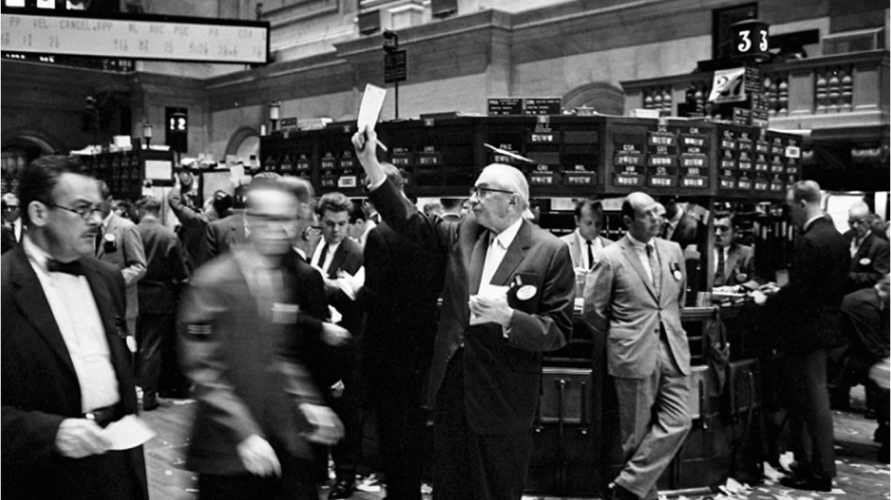Today, in 2018, stock markets are a foundational pillar of our global economy. They support economies around the world — allowing everyone to take part in the free-market economy and helping companies get the capital they need to survive and thrive.
But trading started long before the stock market did. In France, people started debts as early as the 1100s. A few centuries later, in the 1300s, Italian bankers traded government securities.
However, the world’s first true stock markets began in Belgium in the 1400s and 1500s, where traders traded on things like government affairs, business, and individual debt — so, not stocks.
The world’s first stock exchange was the London Stock Exchange in 1801. However, since companies were prohibited from issuing shares — as you can probably imagine — it was pretty limited. That’s why the opening of the New York Stock Exchange in 1817 is such an important moment in the life of the stock market.
Sh*t gets real with the introduction of automated trading.
But the trading really evolved into its current state when automated trading came along.
Automated trading began in the 1970s, with DOT — a system that routed orders to the right trading posts, where traders would manually execute them. It saw widespread adoption in the 1980s, and has been an essential element in the world of institutional trading ever since. It helps professional investors save time while executing large volumes of trades, allowing them to make a big profit, fast. Automated trading changed the role of the day trader — instead of manually entering every trade, professional traders can program in their triggers, then sit back and relax while the algorithm takes care of the rest.
Today, we live in a technology-based society. Yet, most contemporary traders continue to pass on automated trading in favor of more rigorous and time-consuming manual methods.
This decision to trade manually isn’t so much a choice as it is a lack thereof. Even in its simplest form, automated trading requires heavy-duty programming knowledge — it’s simply beyond the realm of possibility for most investors. Thus, for the time being, the advantages of automated trading are still reserved for the institutional players.
Crypto-trading is trading, on steroids.
In 2017, cryptocurrency made waves around the world, gaining widespread popularity. From January 2017 to January 2018, its market cap rose nearly 40-fold. Press mentions including the word “blockchain” skyrocketed — in the first four days of 2018, it hit 110, 22 times as many as those same four days in 2017. And in its wake, it left millions of crypto-enthusiasts in a state of constant stress.
You see, the cryptocurrency market is unlike any market ever seen before. It’s the most dynamic, fast-paced environment in the history of trading, and some analysts go as far as to characterize the current trading climate as “the return of the day trader,” where immense volatility necessitates near-constant monitoring and quick-fire strategies. All the difficulties and disadvantages of manually trading in the stock market are amplified by a round-the-clock, highly volatile market.
Now, this volatility has its advantages: if you play it right, it can lead to a fast, substantial profit. But that also means that the stakes are always high — a serious trader is always on the lookout for news, signals, and any information that will help.
This means that any cryptotrader who can’t spend all of their time waiting in front of a screen will be left in the dust. It means that the advantages that institutional traders benefit from in the traditional markets will be multiplied manifold in the cryptomarkets. It means that without automation for everyone, crypto will only help the rich get richer.
We’re here to change the game.
With the Capitalise platform, anyone can use automation to trade. You don’t need to know how to code, or be rich, or have a whole trading institution behind you — the only requirement is a computer and a love for crypto.
